MURmap - Integrated geochemical tracking of inorganic pollutants in the Mura river basin


Content
In recent decades, numerous studies have been conducted on the pollution of river water and sediments with a variety of inorganic elements and compounds that are harmful to the environment and pose a threat to human health. Increasing industrialization, urbanization and intensive agriculture, which had a positive impact on the development of society and economy in the 20th century, can pollute the environment, especially through the release of metals such as mercury (Hg), cadmium (Cd), chromium (Cr), copper (Cu), nickel (Ni), zinc (Zn) and many others. Furthermore, the development of modern technology, especially in the fields of telecommunications, medicine and green technologies, depends heavily on the use of so-called technologically critical elements (TCE), including rare earth elements (REE), yttrium (Y), titanium (Ti), niobium (Nb), tantalum (Ta) and indium (In). However, the knowledge of the potentially harmful effects of TCE on the environment is still in its infancy and the need for research is increasing year on year.
The MURmap project focused on the Mura catchment area. The area at the upper part of the Mura had historically been known for mining, especially for the extraction and processing of iron, chrome, copper, and mercury ores. Over the centuries, a strong metallurgical and processing industry developed in the Styrian Basin, while the morphology and soil conditions were very favourable for intensive agriculture. In Austria, the Mura flowed through several technology centres where TCE had entered the river system, further changing the chemical composition of the catchment. Dams for hydropower plants had further impacted the water quality of the Mura. In Slovenia, smaller but regionally important urban centres had developed in the Mura River basin, and Pomurje had been known for decades of intensive agricultural activity, stock-farming, manufacturing, exploration and exploitation of oil and natural gas, and hydrocarbon refinement.
The main objective of the project, in which the Geological Survey of Slovenia, Montanuniversität Leoben, and the National Institute of Chemistry had been involved, was a holistic view of the geochemical composition of the water and sediments of the Mura River and its tributaries. As part of the project, the natural geochemical background of the catchment area had been determined, along with the historical and possible current anthropogenic sources of pollution and the differences in the elemental composition of the water and suspended sediments between the high, medium, and low water discharges.
